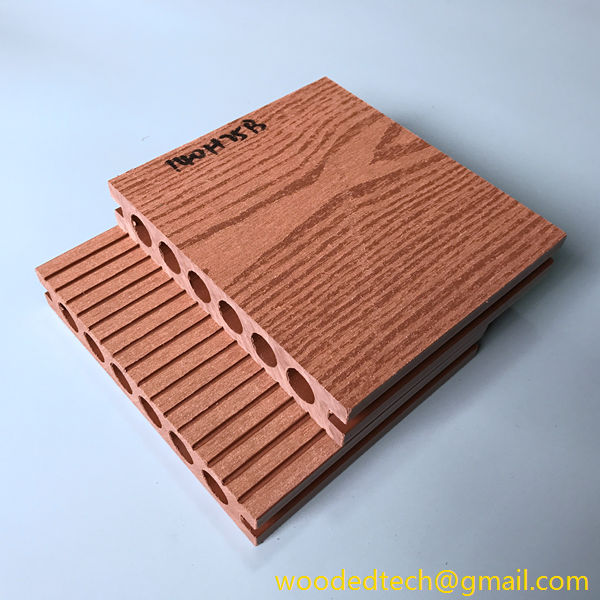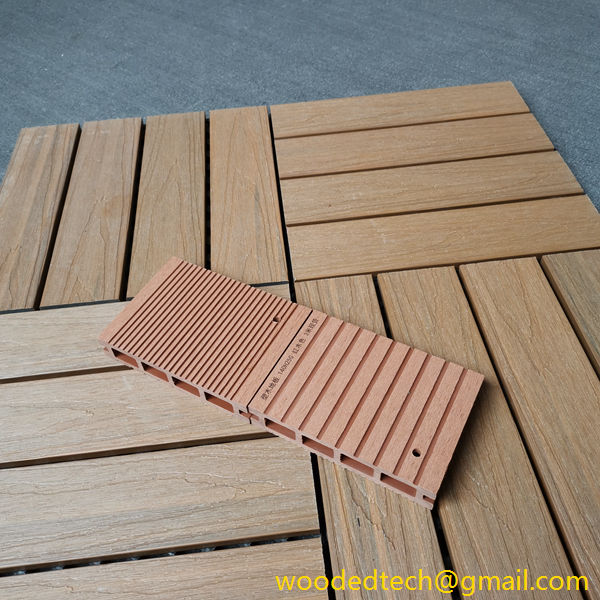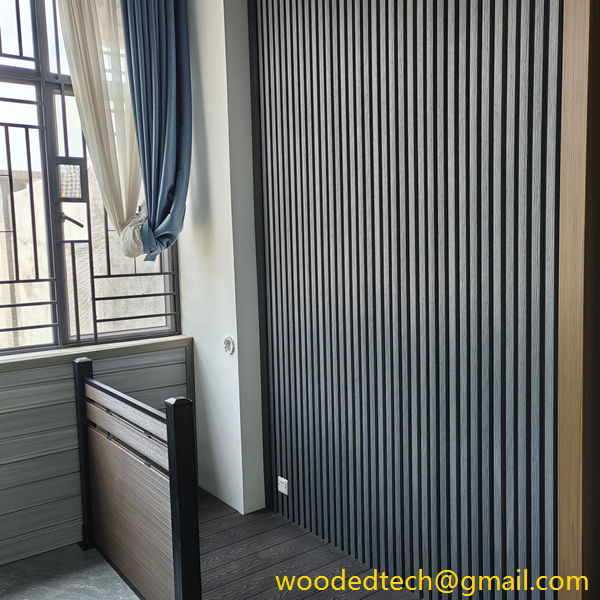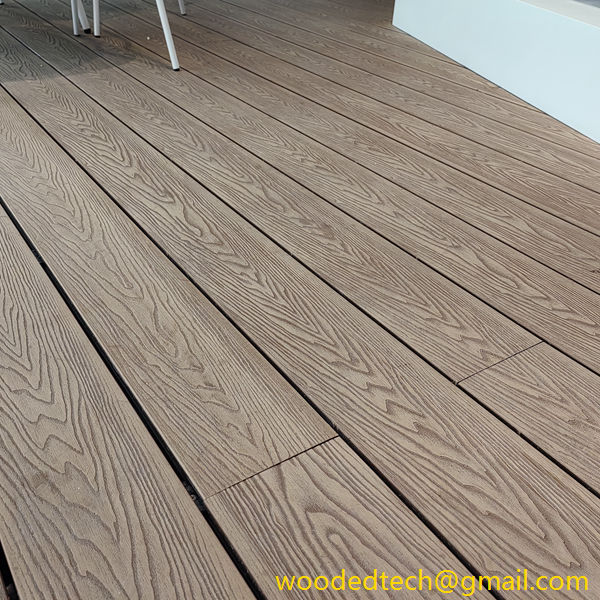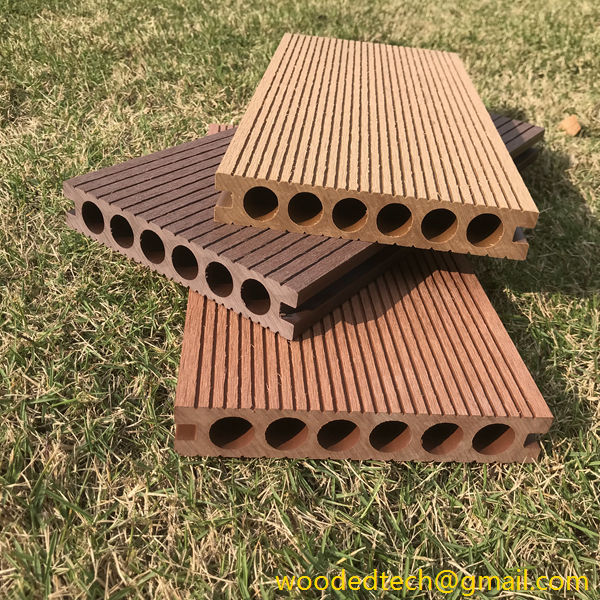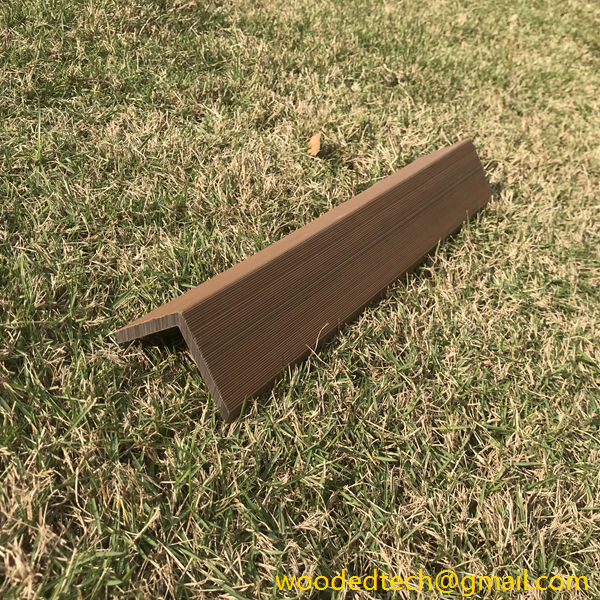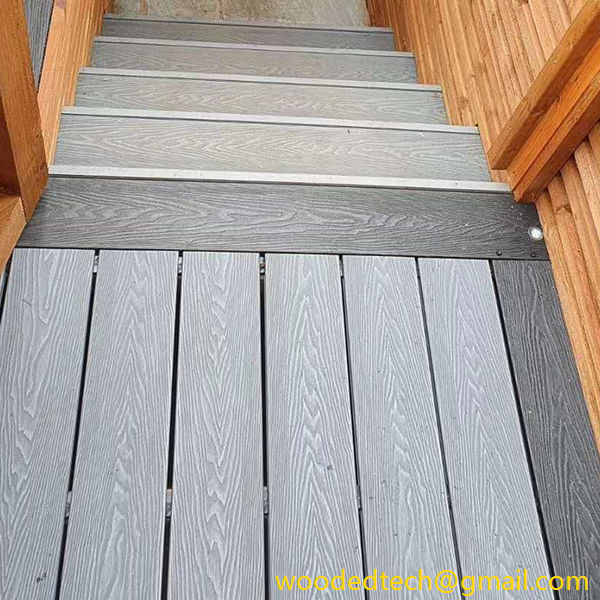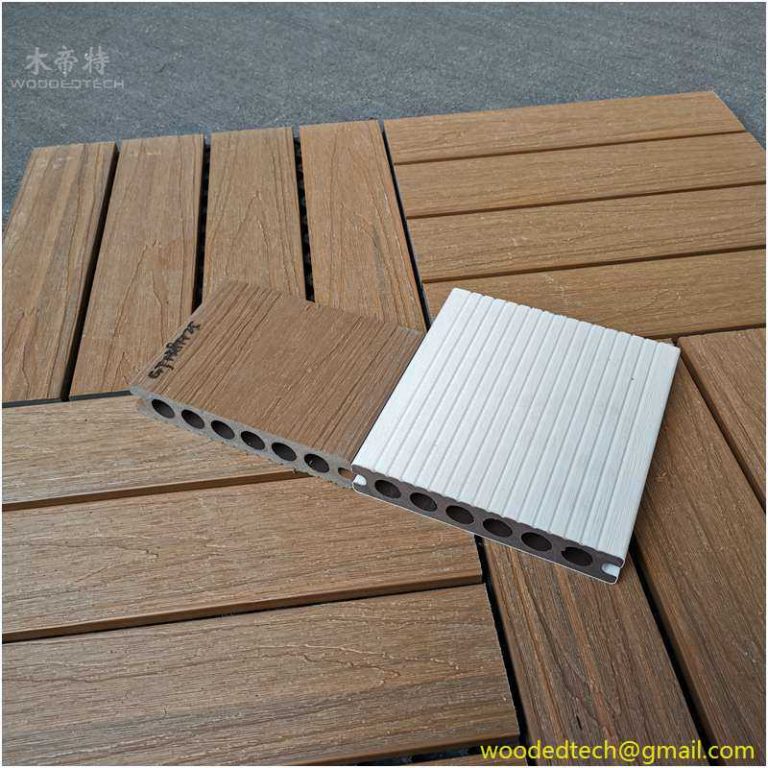Benefits of Redwood Composite Decking for Outdoor Spaces
Benefits of Redwood Composite Decking for Outdoor Spaces Redwood composite decking has become an increasingly popular choice for outdoor spaces, offering a blend of aesthetic appeal and practicality. This material combines the natural beauty of redwood with the durability and low maintenance of composite materials, making it an excellent option for homeowners looking to enhance…
Benefits of Redwood Composite Decking for Outdoor Spaces
Redwood composite decking has become an increasingly popular choice for outdoor spaces, offering a blend of aesthetic appeal and practicality. This material combines the natural beauty of redwood with the durability and low maintenance of composite materials, making it an excellent option for homeowners looking to enhance their outdoor areas. One of the primary advantages of redwood composite decking is its easy installation, which can significantly reduce the time and effort required to create a beautiful deck.
When it comes to outdoor projects, the installation process often plays a crucial role in the overall experience. Traditional wood decking can require extensive preparation, including cutting, sanding, and sealing, which can be time-consuming and labor-intensive. In contrast, redwood composite decking is designed to be user-friendly. Many manufacturers produce boards that are pre-cut and pre-finished, allowing for a straightforward installation process. This means that homeowners can spend less time on labor and more time enjoying their new outdoor spaces.
Another aspect of the easy installation of redwood composite decking is its lightweight nature. Compared to traditional hardwood decking, which can be heavy and cumbersome to work with, composite boards are generally lighter, making them easier to handle and transport. This can be particularly beneficial for DIY enthusiasts who may not have access to heavy-duty equipment or tools. The reduced weight of the boards means that they can be easily maneuvered into place during installation, enabling a smoother and more efficient project.
Many redwood composite decking options come with interlocking systems or tongue-and-groove designs, which simplify the installation process even further. These features allow the boards to fit seamlessly together, reducing the need for additional fasteners and creating a clean, polished appearance. The interlocking system not only speeds up installation but also minimizes the potential for gaps between boards, which can lead to water accumulation and other issues in traditional decking.
In addition to ease of installation, redwood composite decking offers numerous benefits that enhance outdoor spaces. One significant advantage is its resistance to weather-related wear and tear. Unlike traditional wood, which can warp, crack, or splinter due to exposure to moisture and temperature fluctuations, composite materials are engineered to withstand these elements. This durability means that homeowners can enjoy their decks without worrying about the constant maintenance and repairs that often accompany wooden decks.
Another benefit of redwood composite decking is its low maintenance requirements. Traditional wood decks require regular sealing, staining, and painting to maintain their appearance and protect them from the elements. In contrast, composite decking is designed to be virtually maintenance-free. Homeowners can simply clean the surface with soap and water to remove dirt and debris, making it an ideal choice for those who want to spend more time enjoying their outdoor spaces rather than maintaining them.
The aesthetic appeal of redwood composite decking cannot be overlooked. The rich, warm tones of redwood evoke a sense of natural beauty that enhances any outdoor area. Composite decking comes in a variety of colors and finishes, allowing homeowners to choose the look that best complements their landscape and home design. Whether one prefers a classic redwood hue or a more modern, contemporary style, there is a composite option to suit every taste.
Sustainability is another critical consideration for many homeowners today. Redwood composite decking is often made from recycled materials, which reduces the demand for new wood and helps to conserve natural resources. By choosing composite decking, homeowners can create beautiful outdoor spaces while also making environmentally conscious choices. This commitment to sustainability is an important factor for many individuals who wish to minimize their ecological footprint.
In terms of safety, redwood composite decking also has advantages over traditional wood. Many composite materials are designed to be slip-resistant, providing a safer surface for families, especially in wet conditions. Additionally, composite decking is often resistant to mold and mildew growth, further enhancing its safety and durability. This makes it a suitable choice for homes in humid climates or areas prone to moisture.
The versatility of redwood composite decking is yet another reason for its growing popularity. It can be used in various applications beyond just traditional decking. Homeowners can create stunning outdoor kitchens, seating areas, or even raised garden beds using composite materials. This adaptability allows individuals to customize their outdoor spaces to meet their specific needs while maintaining a cohesive look throughout.
In conclusion, redwood composite decking presents numerous benefits for outdoor spaces, particularly in terms of easy installation. Its lightweight nature, user-friendly designs, and low maintenance requirements make it an attractive option for homeowners looking to enhance their outdoor areas without the hassle often associated with traditional wood decking. Furthermore, its durability, aesthetic appeal, sustainability, safety features, and versatility make it a well-rounded choice for any outdoor project. By opting for redwood composite decking, homeowners can create beautiful, functional spaces that they can enjoy for years to come while minimizing their environmental impact and maintenance efforts.

